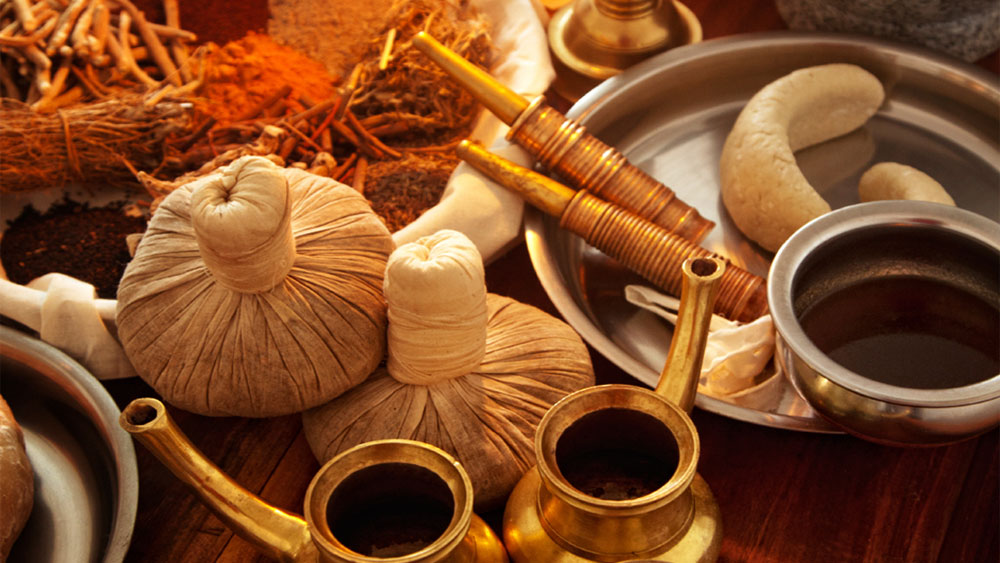How following a bit of Ayurveda can help you stay healthy

At some point your life, you may have come across a buzzword or two related to Ayurveda. But contrary what you may have heard or have been told, there is more to the knowledge system of Ayurveda than Yoga and Meditation. Of course these two practices are clearly an integral part of Ayurveda traditions. In fact Ayurvedic Practitioners have relied on them for thousands of years. Things start to go over the layperson’s head when they hear about balancing the dosha and so on. But then, learning about dosha is equivalent to scratching the surface of Ayurveda.
Ayurveda system for the uninitiated
For starters, Ayurveda is not a monolithic system that is part of today’s wellness trend. On the contrary Ayurveda has a rich tradition of incorporating diverse health-centric practices. These are tried and tested practices that have produced practical results across the broad. There is no single solution to health problems in the world, nor is there a single way to look at Ayurveda. The ancient System is by and large a way of life with a broad range of applications. It’s the science of life. At the heart of every Ayurvedic practice is the process of establishing a harmonious mind-body connection. Now doshas are essential three types of energy found in your mind-body system, namely, vata, pitta and Kapha. These three energies are responsible for governing vital activities in a human body.
Finding the natural cure in herbs and food
What is the first thing that comes into your mind when you are feeling under the weather? If your answer is paracetamol, it should not come as quite a surprise to many. Let’s not make any mistake about it, we are in a world where instant relief found in medicine is deemed preferable to alternative sources. Ayurveda on the other hand goes to the mother nature for solution. Just to cite medicinal qualities of ayurvedic products, turmeric paste keeps headaches at bay while ginger is best for hangovers. While they are touted as a cure-all solution, food and herbs are renowned for their healing powers. More often than not, these mother nature’s remedies don’t require professional assistance.
Learn about the root causes of your troubles
In order to treat your body properly, you must develop an understanding of problems your body faces on a day to day basis. You should start with diagnosing your dosha as it will help you understand the do’s and don’ts to take care of your body. For instance, depending on the severity of dosha, one may be better off avoiding or receiving the sunlight. However, you don’t need to develop a thorough grasp of dosha to know whether a number of things may be harmful for your body. Does drinking coffee make you nervous? Does gulping down cold beverage leave you with a brain freeze? Keep close track of your food intakes and see if there is pattern emerging that you should care about. After a while you steer clear of the harmful food types and realize the amount of control you have over your mind and body.
Channelling your energies effectively
In the world of Ayurveda, whole of your life revolves around the term Dosha. Have you felt sluggish after waking up at 6 Am? Well, in Ayurveda, you feel lethargic at that time of the day because Kapha gets activated between 6 and 10 in the morning. Hence, no wonder you feel like going back to bed after a long sleep. Pitta, on the other hand, spans 10 am to 2 Pm and is the period of productivity. Of course, observing dosha with precision could be a laborious task, and above all, leave you confused. So it may be better off following routine that makes you feel good. All the sluggishness you feel during the day can be avoided by following a few tips from ayurveda.
Read and understand more about ayurvedic treatment in kerala.
POPULAR ARTICLES
How following a bit of Ayurveda can help you stay healthy
Read more